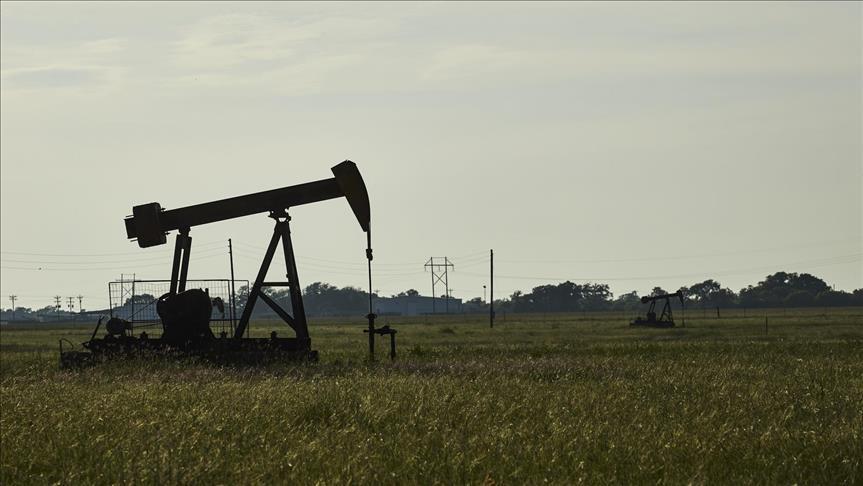Oil prices declined on Monday over weak demand after China announced a modest economic growth target.
International benchmark Brent crude traded at $85.24 per barrel at 10.09 a.m. local time (0709 GMT), down 0.68% from the closing price of $85.83 a barrel in the previous trading session.
At the same time, American benchmark West Texas Intermediate (WTI) traded at $79.19 per barrel, a 0.61% decrease after the previous session closed at $79.68 a barrel.
China, the world’s second-largest economy, reported an official economic growth target of around 5% for 2023 on Sunday, a modest increase from 3% last year and less than half the 8.1% rate from the previous year.
‘China’s economy is staging a steady recovery and demonstrating vast potential and momentum for further growth,’ the country’s Prime Minister Li Keqiang said at the opening of congress on Sunday.
China had imposed an extremely strict pandemic policy for almost two years and continued lockdowns and restrictions since the beginning of the COVID-19 pandemic in early 2020.
During the pandemic, oil demand in the country decreased, causing oil prices to fall.
Prices are also coming under pressure over demand weaknesses in the US, the world’s biggest oil consuming country.
Investors are awaiting Fed Chair Jerome Powell’s semiannual testimony before the Senate Banking Committee on Tuesday and the House Financial Services Committee on Wednesday about the central bank’s monetary policy.
His speech comes after the US Federal Reserve said in a report on Friday that interest rate increases will continue in order to lower high inflation.
Although the Federal Open Market Committee (FOMC) slowed rate hikes during its December and January meetings to 50 basis points and 25 basis points, respectively, the FOMC indicated in the semiannual Monetary Policy Report to the US Congress that ‘it anticipates ongoing increases in the target range will be appropriate’ to return inflation to 2%.
In its toughest monetary tightening in decades, which included four consecutive rate increases of 75 basis points, the US central bank made a total of 425-point rate hikes on seven occasions last year to fight record-high inflation that climbed to its highest level in over 40 years by mid-2022.
The Fed said in the report that it is ‘acutely aware that high inflation imposes significant hardship, especially on those least able to meet the higher costs of essentials.’

